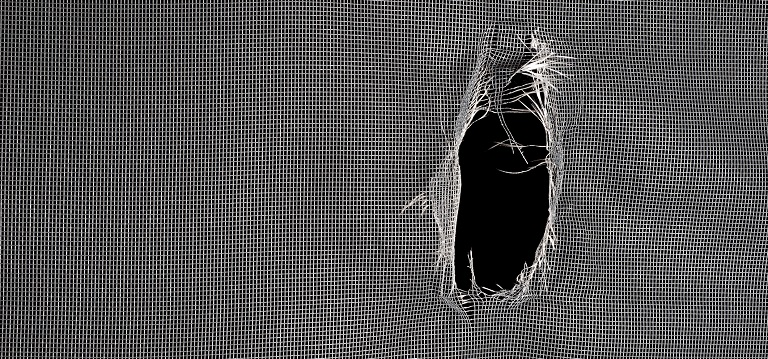
12 Feb Access Prevention
Access Prevention
When most people think of ways a pest enters their home or building, they tend to consider the more apparent points of entry like doorways or windows. While these main entry points should be considered and corrected, it is the less obvious entry points that pose the biggest risk.
Take cockroaches, for example. These critters can enter any facility almost undetected simply if they’re being imported along with hundreds of goods in dozens of boxes. A hitchhiking critter isn’t going to raise the banner and alert you to their presence.
Because these pests prefer to hide in dark, damp places, an empty box does not provide the kind of harborage they need. This means that they will quickly leave a discarded box and seek refuge in any crack or crevice they can locate. Once safely hidden they begin rapidly multiplying.
While this is just one way, it, unfortunately, is not the only way these or any other pest can gain access to a home or building. Rats, for example, require a hole only the size of a quarter to access a home or building. That’s right…a hole, the size of a twenty-five-cent coin. This makes you think about those ductless air condition drain-holes and any other opening you may think of as insignificant. Furthermore, with their ability to climb trees, any building with overhanging branches provide access to a structure through its roof.
Effective pest control requires that any points of entry be identified before a pest management program is implemented. The reason for this that “prevention is better than cure.” It’s always best, safer, and more cost-effective to prevent activity or infestation than it is to remedy it.

Sorry, the comment form is closed at this time.